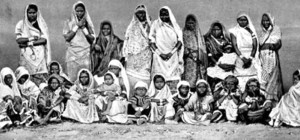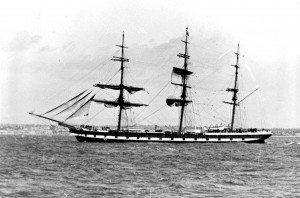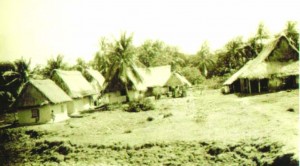By Shan Razack –
Guyanese, will observe May 5th, Indian Immigration Day for the 175th year since East Indians arrived in what was then British Guiana in 1838, bringing with them their ancient customs, food and culture from India. Under a system of agreement, an order in the Council of Britain was passed on July 12, 1838 making provision for indentured immigrants to travel to Guyana for a term of five years. The emigration of Indians was important for the development of the country, as they proved more suitable for plantation’s work.

Emigration from proprietors of the estates in Guyana arranged for the introduction of 414 immigrants. They were not concerned with the welfare of the labourers; they were only interested in getting into the country as many labourers as possible from anywhere. With an abundant supply of labour they were able to pay low wages and ensure uninterrupted sugar production for export.
On January 13, 1838 the Whitby left the shores of India with 249 immigrants on board and arrived in Guyana on the 5th May 1838 after a voyage of 112 days. Five immigrants died during the voyage. The Whitby proceeded first to Berbice and landed 164 passengers at Hilbury, East Bank Berbice, nearly 12 miles from New Amsterdam. East of the capital, the same day it returned to Vreed-en-hoop, West Demerara and landed 80 passengers. Out of the 244 immigrants that came with the Whitby they were 233 men, 5 women and 6 children. The first man to step on shore in Berbice was Anant Ram while in Demerara the first man to disembark was Nutha Khan.
On January 29, 1838, the Hesperus sailed from Calcutta-sixteen days later than the Whitby, with 165 persons on board. It arrived at Port Georgetown on the night of May 5th 1838, 13 immigrants died during the voyage including two persons who fell over-board. Out of the 152 immigrants that came on board the Hesperus, were 135 men, 6 women and 11 children!

On January 26, 1845 ‘Lord Hunger’ left Calcutta with 162 passengers on board, the ship arrived in Georgetown on May 4, 1845, and ten persons died on the way. Next ship was the ‘Success’, which arrived on July 21, 1845 with 231 passengers, 14 died on the way. Next was the ‘Nester’, which arrived on December 26, 1845 with 233 persons and brought 500 bags of rice.
On February 2, 1846 ‘Manchester’ then the ‘Thetis’ followed by the ‘Tamerlane’ the ‘Martin Luther’ and ‘Troy” in succession, then the ‘John Wickliffe’, the ‘Bussorary Merchant’, the ‘Aurora’, ‘Lady Mekennaway’ and lastly the ‘SSGanges’, which docked in Georgetown on April 18, 1917. Bringing that period, 79 years- 238,979 indentured labourers journeyed from India to Guyana to work under colonial administration. They were distributed to various locations on the coastland of Guyana. The plantation system and conditions were not favorable at all.
Those immigrants worked from sunrise to sunset and were so poorly paid that they were just able to exist. They slaved and provided luxurious living for their masters. They brought with them a rich culture and heritage together with a language. The indentured immigrants were disciplined and found satisfaction in honest and productive work. They were kind, hospitable and generous and they lived contented lives. They made tremendous sacrifices so that their descendants would be able to enjoy a better standard of living.
The foremost characteristic of the struggle of the East Indian immigrants against indenture and plantation system was their unity. Their unity had been forged on shipboard. Those who came on the same ship were considered as ship brothers and sisters-“JAHAJI”. A further contributing factor to unity was that everyone came with an inter-faith mind of mainly Hindus and Muslims and there was also a belief that the caste system has been lost through the crossing of ‘Kaala’ Pani (Black Water). Through the years the community spirit has manifested itself in various situations-forming groups singing Ramayan, Bhajanas reading of the Holy Quran and observing the various festivals and holi days etc.
The plantation owners and the colonial administration feared the unity of the workers and used several techniques to destroy it. By January 1830, there was evidence that the Indian labourers were being mistreated. Far more significant were the uprisings, which frequently led to tragic deaths of immigrant workers protesting illegal wages, bad conditions and the exploitation of their women.




